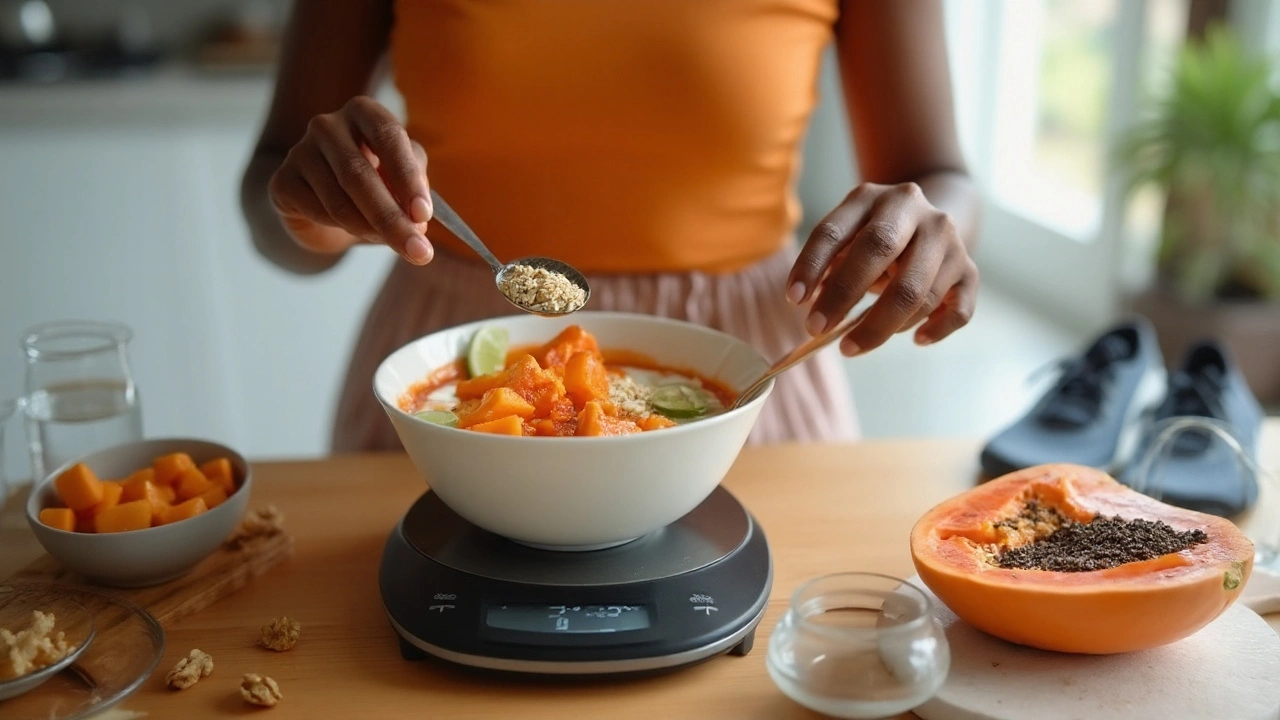If you watch your blood sugar, fruit can feel like a risky choice. But not all fruit spikes glucose the same way. The glycemic index (GI) tells you how fast carbs turn into sugar in your bloodstream. Low GI fruits stay under 55 on the scale, meaning they raise blood sugar slowly and keep you steady.
Why care about low GI? A slower rise means fewer cravings, better energy, and less strain on insulin. It’s a simple trick that works for anyone who wants stable glucose – diabetics, pre‑diabetics, or anyone looking to avoid the post‑snack crash.
Berries lead the pack. Strawberries, blueberries, raspberries and blackberries all sit below 40 on the GI chart. They’re packed with fiber and antioxidants, so you get flavor without the sugar spike.
Apples and pears are next. One medium apple or pear usually scores around 38‑42. Eat them whole – the skin adds extra fiber that slows digestion even more.
Cherries and plums also score low, typically in the mid‑30s. A handful of fresh cherries or a couple of plums makes a satisfying snack that won’t wreck your numbers.
Citrus fruits like oranges and grapefruits fall under 50 when you eat the whole fruit. Skip the juice; the fiber in the pulp is what keeps the GI down.
Other good options include kiwi (GI 52), peaches (GI 42) and apricots (GI 34). They’re easy to grab, add to salads or blend into smoothies.
Mix berries into Greek yogurt for a protein‑rich breakfast that stays steady through the morning. The combo of fat and fiber slows sugar even more.
Add sliced apple or pear to a salad with nuts and cheese. The crunch satisfies hunger while the healthy fats keep glucose from spiking.
Blend a handful of cherries, a splash of almond milk, and some spinach for a low‑GI smoothie that feels like dessert but works for lunch.
If you need a sweet treat after dinner, try frozen grapes or a small orange. The chill can be refreshing and the fiber still does its job.
Remember to pair fruit with protein or healthy fat whenever possible. That pairing is what really flattens the sugar curve.
When shopping, pick fresh over canned when you can – added syrups raise the GI quickly. If you need frozen, choose varieties without added sugars.
Store your fruits properly to keep them tasty and nutritious. Berries last longer in a dry container with a paper towel; apples and pears do well in the fridge’s crisper drawer.
Low GI fruit isn’t about restriction; it’s about smart choices that fit into real life. Fill your kitchen with these options, mix them into meals, and enjoy steady energy without the crash.

Papaya won't burn fat by magic, but it can make weight loss easier. Learn the science, smart portions, recipes, and safety tips to use papaya for lasting results.
Read More© 2025. All rights reserved.